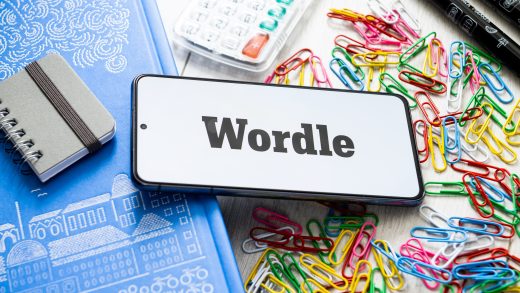Concerns about Artificial Intelligence and what it could mean for humanity have been circulating for years. Many feel that AI could wipe out humankind. Ironically, though, during the COVID-19 crisis, it might be AI that proves our saving grace.
In this post, we’ll look at if AI could potentially solve the COVID-19 crisis, and, if so, how.
SEE ALSO: How to keep your network secure & Agile during COVID-19
Better Surveillance
Love it or hate it, big brother could be a valuable ally in the fight against this disease. AI is already playing its part in helping to report the spread of the disease. In Korea, for example, AI is helping researchers with contact tracing.
Surveillance camera footage is scanned with facial recognition tech to identify the movements of someone who’s tested positive in the days leading up to their diagnosis. Taking things a step further, AI assists authorities in reaching out to contacts of the infected.
It’s this increased surveillance that’s believed to be responsible for Korea’s flattening of the curve. It could also prove helpful elsewhere, although the tech could raise privacy concerns.
Chatbots
Chatbots are nothing new. Today they’re being used in the fight against Coronavirus in a novel way. These chatbots are now programmed to answer questions about the disease, help narrow down symptoms that users have, and give guidelines on how to deal with the disease.
This tech prevents people from putting themselves at risk by going to hospitals. It also takes some of the pressure of healthcare professionals by answering questions asked a million times before.
Diagnostics
Part of the problem we’re having right now is that there’s a lot of information to collate. First and foremost is the diagnosis of the disease. AI’s not quite at the Star Trek level of using a handheld device to scan a patient. It is, however, being used for smart diagnoses.
AI can, for example, already identify pneumonia on a CT scan in seconds with a high degree of accuracy. This, in turn, allows medical staff to give life-saving treatment faster.
Data Analysis
More importantly, though, it can help to collate data from all around the world. It can analyze this data and identify patterns. This could be useful in identifying ways to improve the prevention of local transmissions, and so on.
Here we’ll rely on machine learning that’s similar in design to cybersecurity software. The difference is that here instead of looking for patterns that indicate ransomware or viruses, it looks for patterns that indicate COVID-19 infection.
AI could help us identify what’s working in the fight based on swathes of global data. This will help us come up with more effective strategies going forward.
Fever Detection
In what sounds like something out of a sci-fi movie, thermal cameras are being used for fever detection. The technology is nothing new. The downside is that in the past, the cameras had to be operated by humans.
With AI, that’s no longer necessary. The tech incorporates smart surveillance. If someone with a fever is identified, facial recognition technology is employed to identify them. The cameras then track their movements and see whether or not they have a mask on.
Robotic Management Methods
Drones can help to identify those not complying with social distancing or other disease prevention measures. Drones have also been employed to deliver medication and other goods to people in quarantine. This helps reduce cases of local transmission.
Interestingly enough, in some smart hospitals, patient care is being handed over to robots. The robots are used to deliver food and medication to those in isolation wards. This not only reduces the workload on healthcare workers but also lessens their risk of infection.
Robots can also be useful in sterilizing and cleaning rooms in quarantine facilities.
SEE ALSO: COVID-19 vs open source: How developers are fighting the virus
Verification of Information
One of the fiercest battles in this fight is the war against misinformation. AI’s already been a valuable ally in this war. Facebook and Google have used AI to identify malicious sites and misinformation.
Without AI, scanning the net for wrong information, videos, and so would take masses of time and money. AI can browse millions of sites in a short time, making it invaluable. Interestingly enough, the algorithms used are very similar to your typical search engine algorithm.
That’s right; your typical Google search incorporates machine learning to provide you with more accurate results.
If you Google “Coronavirus,” you’ll see that authoritative sites come up first. This is another tweak that AI is responsible for.
Final Notes
There’s no question that AI is useful in the fight against Coronavirus. Could it be responsible for the end of the pandemic? Not by itself. AI at this stage is not quite at the point where we can hand over decision-making about a definitive diagnosis or quarantine procedures yet.
It could well be responsible for presenting us with the best options to evaluate, though.
The post Could AI solve the COVID-19 crisis? appeared first on JAXenter.
Source : JAXenter
















